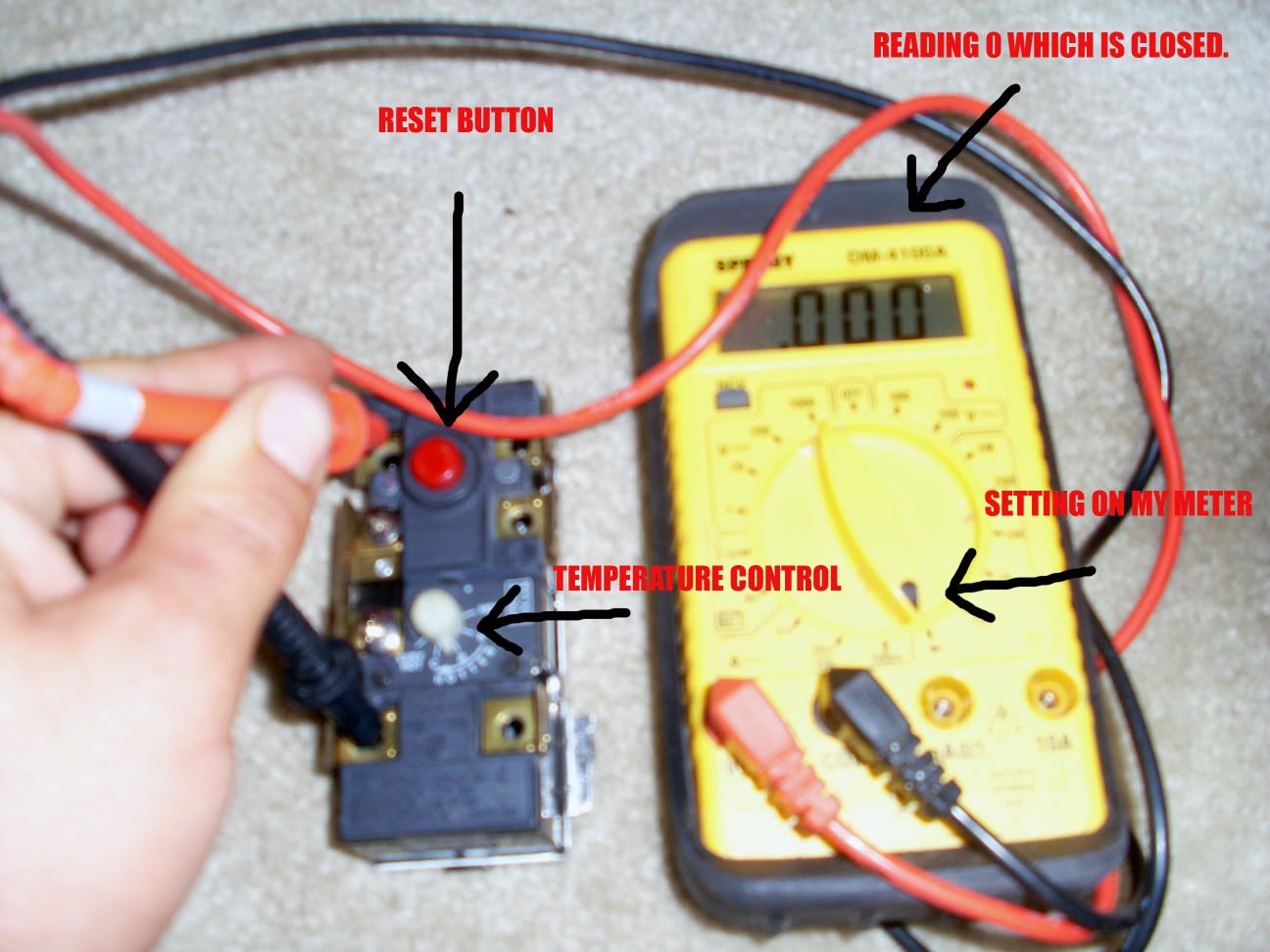Water constantly running
Toilet not flushing
No Water pressure
No flushing pressure
Bottom of toilet leaking
Now before we get into troubleshooting a toilet lets learn a little about what is inside the toilet tank that makes it work and flush. In my opinion there are only a few common parts in a toilet that cause a malfunction. The first one is the easiest to replace and fairly cheap, it’s the flapper valve, others have other names for the flapper but I am from Florida and if you find a maintenance man that doesn’t know what a “flapper” is in Florida then he is truly a fake. The flapper in a toilet tank is what lifts up when you push down on the toilet lever…which the flapper is connected by a metal or plastic chain to the flapper.
The second main part of a toilet tank is the ballcock or fill valve….the fill valve has a ball that regulates the water that enters the tank…there are different types of fill valves some that extend with a rod and some that don’t take up any space at all, although there are different types of fill valves they all work around the same principle.
The 3rd part that is in a toilet tank is the tower or “overflow” … This is rarely changed out in my experience as working as handyman/plumber in the apartment industry….So I am really not going to cover this unless there are requests too.
Toilet not flushing good
There is a restriction or a clog in the toilet drain, simple things that will clog a toilet every single time are paper towels, Q-Tips, Tampons, kids toys, basically anything that isn’t piss, poop, or toilet paper should not be flushed down a toilet. (Small goldfish are okay ).
1st try the trusty ol’ plunger like I explained in a previous post, or check the flapper by lifting it up and making sure that nothing is stopping or obstructing the flow of the water, if those don’t work then use a snake. If you are having clogs in multiple parts of the house you are going to have to pull the toilet up and use a heavy duty snake to unclog the main line.
Toilet Tank filling up slow
Make sure that the inlet valve is open up all the way. If is just barely open that will create a water restriction.
You could have a faulty or old fill valve. I personally would replace any fill valve that has a rod and ball just because they are an older model and always malfunction.
Replacing a flapper
Replacing a flapper in a toilet tank is the easiest thing to do in the world I do not care if you are mechanically inclined or not. 1st thing that you do is rip the piece of flapper that don’t belong there then hook the flapper up to the toilet tower, hold the chain up to the toilet tank lever, whatever link the bottom of the toilet lever is adjacent to hook the flapper chain into that link then hook the flapper hook into the end of the toilet lever. Done
Replacing a Fill Valve
First thing you want to do when replacing the fill valve is turn off the water supply valve going into the toilet tank. Once you do that flush the toilet to get most of the water out of the tank, there will be a little excess water left so you want to get that up with a wet vacuum or a towel. Unhook the hose that is going into the overflow tower. Then loosen the supply line going to the bottom of the old fill valve, then loosen the nut that’s holding the fill valve into place. Remove the fill valve. Put new fill valve into toilet tank. Secure the fill valve with the new nut tightening to under the toilet tank. Reconnect the supply line, hook up the hose from the fill valve to the overflow tower. Turn the water on. Done.
Note:Fill valves come with illustrated instructions on how to install the product inside the box.
Bottom of Toilet Leaking
When there is water coming from the bottom of a toilet when flushed this usually means that the seal is bad and the wax ring has to be replaced. To replaced a wax ring you simply turn the water off, disconnect the supply line, loose the floor bolts that are holding the toilet down. Pull the toilet up and set somewhere. Put the new wax ring across the hole, every time I do this I replace the toilet floor bolts to but it’s your choice. Place the toilet back on the wax ring making sure the two floor bolts go through the holes, now once you commit you can’t lift the toilet back up, it will mess up the seal and you will have to use a new wax ring. Tighten the toilet bolts down, be extremely careful to not over tighten the nuts or the toilet will crack. Reconnect the supply hose and turn the water on. Flush a couple of times and the check for leaks. That’s all for today about toilets, til next time.
Toilets, flapper, fill valve, plumbing



